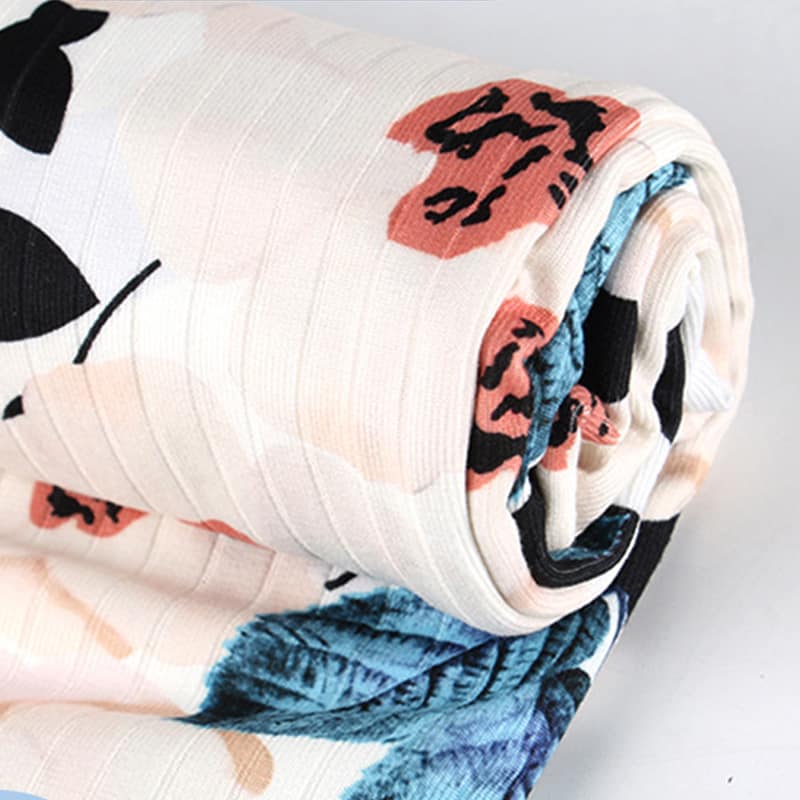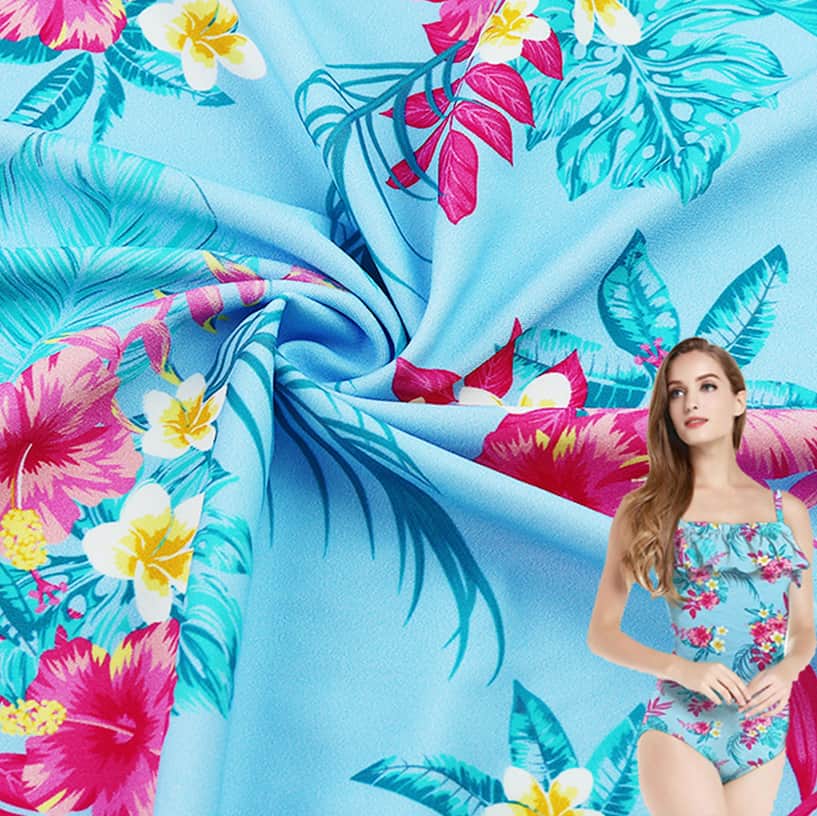Estándares de inspección de calidad de tela y defectuosos por imagen

The raw material to the fabric link, need to go through slicing, weaving, dyeing, printing, post-treatment and dozens of links, each link of quality control is not up to standard may be reflected in the finished fabric above, so in the inspection process to identify a variety of inferior products is particularly important, this article from the source, for you to list each link may appear in the fabric inferior products
¿Qué son las fibras de loto?

With the improvement of people’s quality of life, people’s needs for textile products are becoming more and more diverse. In order to adapt to people’s diverse needs, Hangzhou patternvvip Co., Ltd. has produced a fibre with anti-heat, anti-bacterial and anti-UV functions, Lotus Fibre, based on many years of research and application of textile materials.
25 defectos de la tela tejida causados en el acabado de la impresión y el teñido

Este artículo cubrirá los 25 problemas deficientes más comunes en la impresión y teñido de tejidos. Por ejemplo, las diferencias de color en distintas posiciones de la tela y sus motivos.
Objetivos y métodos de acabado de telas

Printing and dyeing processing after finishing content can be summarised as two aspects, on the one hand, focus on improving and playing all kinds of fibres inherent performance, such as fabric moisture absorption, softness, gloss, size stability, dyeing fastness improvement, etc., through a certain finishing (such as stenter, shrinkage, rolling light, etc.), the excellent characteristics of all kinds of fibres fully displayed; on the other hand, focus on giving fibres new performance, such as flame retardant, water Waterproof, mould and moth resistant, UV resistant, easy to stain, etc. These properties are not available in all types of fibres, only through finishing to obtain the desired results.
Generally the former type of finishing called general finishing, and the latter type of finishing called special finishing or functional finishing. At present, the latter type of finishing has increased significantly, which has fully revealed the importance of finishing.
Causas y medidas de los problemas de contracción de tejidos de punto

The problem of shrinkage in knitted fabrics is mainly related to fibre properties, hygrothermal plasticity and structural characteristics of knitted fabrics.
